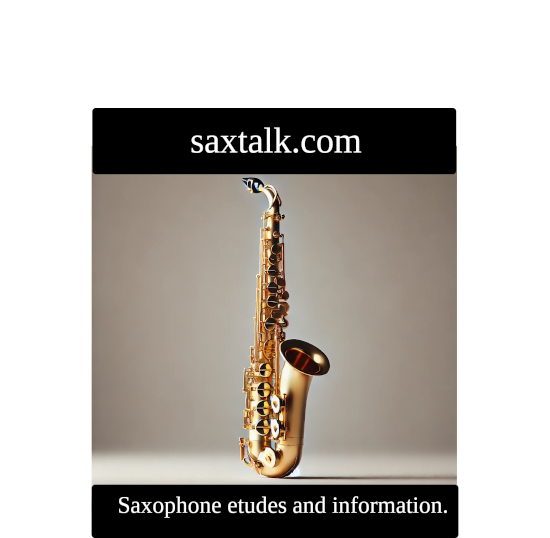Slash chords
Byrona is a saxophonist in a jazz wind ensemble. She wants to start composing musical pieces for the ensemble, so she needs to master harmony and music theory. Please answer the following questions about slash chords.
- What are slash chords and what problem do they solve?
- What is the detailed history of slash chords?
- Please give and fully explain several examples of slash chords in several different keys.
Slash Chords: Byrona's Key to Jazz Harmony
Byrona, your musical journey to becoming a composition maestro begins with unlocking the secrets of slash chords! These versatile tools can add depth, tension, and color to your jazz wind ensemble arrangements, so let's dive in:
1. What are Slash Chords and their problem-solving prowess?
Imagine a regular chord as a basic sentence; "The cat ran." Now, a slash chord is like adding a twist to that sentence, like "The cat RAN away!" Slash chords combine two elements:
- Main Chord: This is the core chord played in the upper register, like the "cat" in our sentence. Think major, minor, seventh, etc.
- Bass Note: This is an additional note played in the lower register, the "away" in our sentence. It's usually the root of the main chord, but can be different to create unique sounds.
So, "C/G" means playing a C major chord (the cat) with a G note in the bass (the away).
These chords solve several problems for jazz composers:
- Add Tension and Release: The clash between the main chord and the bass note creates tension, like holding your breath. Resolving to a different chord releases the tension, adding emotional impact to your music.
- Extend Chords: You can add extensions like sevenths and ninths to the main chord, creating richer sonic textures.
- Connect Harmonies: Slash chords act as smooth transitions between different chords, guiding the listener through your musical story.
- Simplify Voicings: Playing the notes of the slash chord separately on different instruments can create melodic lines that flow naturally with the chords.
2. A Historical Deep Dive:
The roots of slash chords go back centuries, with figured bass notation used in Baroque music to indicate bass notes for keyboard instruments. However, their modern usage in jazz emerged in the early 20th century:
- Pianists like Duke Ellington and Earl Hines started experimenting with playing additional notes in the bass with their left hand, leading to the development of slash notation.
- Swing era arrangers embraced slash chords to add complexity and sophistication to their big band scores.
- Bebop musicians pushed the boundaries further, employing extended slash chords and complex voicings to create harmonically adventurous lines.
Today, slash chords are an essential tool in any jazz musician's toolbox, from pianists and guitarists to horn players like yourself, Byrona!
3. Slash Chord Examples Across Keys:
Let's explore some specific examples in different keys, showcasing the versatility of slash chords:
C Major:
- C/G: Classic tension-release combo, adding a darker undertone to the C major chord.
- C7/Bb: Creates a dominant-seventh flavor with a Bb in the bass, hinting at F major as the next chord.
- Cm7/Fm: A minor slash chord with an Fm bass, evoking a bluesy, melancholic mood.
D♭ Major:
- Dbmaj7/F: Adds a jazzy extension with the major seventh and F bass, hinting at Gb major.
- Db9/Eb: Richer sound with the ninth extension and Eb bass, leading nicely to Ab major.
- Dbm7/Bb: A minor seventh slash with a Bb bass, introducing a chromatic twist to the Db major harmony.
Remember, Byrona, these are just a few examples! Experiment with different slash chords in various keys, explore their interactions with your melody and rhythm section, and let your creativity flow. As you master these harmonic secrets, your wind ensemble compositions will blossom into vibrant musical tapestries, leaving audiences breathless with every note.
Have fun exploring the world of slash chords, Byrona! Your sax will sing like never before!
